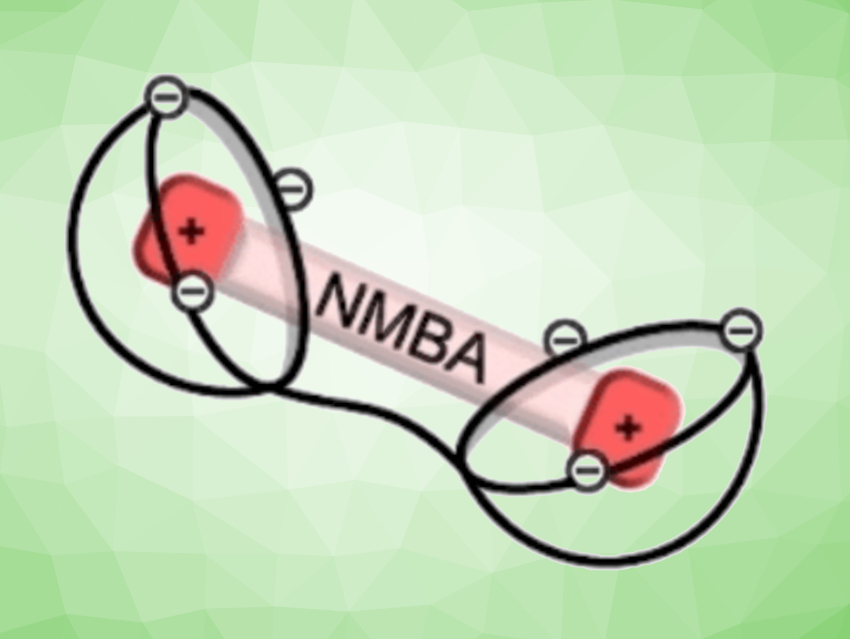Under anesthesia, patients are often given muscle-relaxing neuromuscular blockers to make intubations easier and reduce the skeletal muscle tone during surgery. Using a drug to remove the blocking agent after the operation improves patient recovery and reduces the risk of complications. Fraser Hof, University of Victoria and Centre for Advanced Materials and Related Technology (CAMTEC), Victoria, Canada, and colleagues have developed a new broad-spectrum antidote. It consists of two “chalices” that are linked together and cover the two ends of the blocker (pictured).
Neuromuscular Blockers
Neuromuscular blockers are drugs that inhibit the transmission of stimuli to the synapses between nerves and muscles by blocking the acetylcholine binding sites on the nicotinic acetylcholine receptors. Different types of blockers meet different pharmacological needs. Antidotes in this class are “drugs that bind other drugs,” capturing free blockers in the bloodstream and reversing the blockade.
Until now, most “unblockers” have been donut-shaped molecules that encircle the rod-shaped blockers. For this to work, the “donut hole” must be tailored for the thickness of the “rod”—which is not the same for all types of blocker. Different blockers require different donuts. However, the blockers do share a rodlike structure with two positively charged ends (amino groups), and the rods are all of equal length, because they must simultaneously bridge the gap between two opposite acetylcholine binding cavities.

Broad Spectrum and High Selectivity
The team devised a new approach to make an unblocking agent that can bind a broad spectrum of blockers. Instead of having the rods threaded through a hole, the blocker shields both ends of the rod.
The researchers created cup-shaped molecules known as calix[4]- or calix[5]arenes (calix = chalice). They attached negatively charged groups to the upper rims of the “chalice”. Such molecular cups will take up positively charged molecules like the ends of the blocker rod—but unspecifically. To attain selectivity for the blockers, the team wanted to attach two cups to each other by means of a linking segment with a length that exactly matches that of the rod in question—putting the two cups neatly over the two ends.
Because the link needed to be very short, there was repulsion between the two negatively charged chalice rims. The solution was to use a blocker rod as a “template”. The team put reactive groups on the chalices and let them bind to a typical blocker. They then used a suitable linker (hydrazine) to tie together the two cups bound to the same blocker rod.
The “double chalices”—Super-sCx4 and Super-sCx5—bind to a broad spectrum of neuromuscular blockers with high selectivity, but do not block acetylcholine and other physiologically important amines.
- Template‐Directed Synthesis of Bivalent, Broad‐Spectrum Hosts for Neuromuscular Blocking Agents,
Allison J. Selinger, Natalie A. Cavallin, Anat Yanai, Inanc Birol, Fraser Hof,
Angew. Chem. Int. Ed. 2021.
https://doi.org/10.1002/anie.202113235




